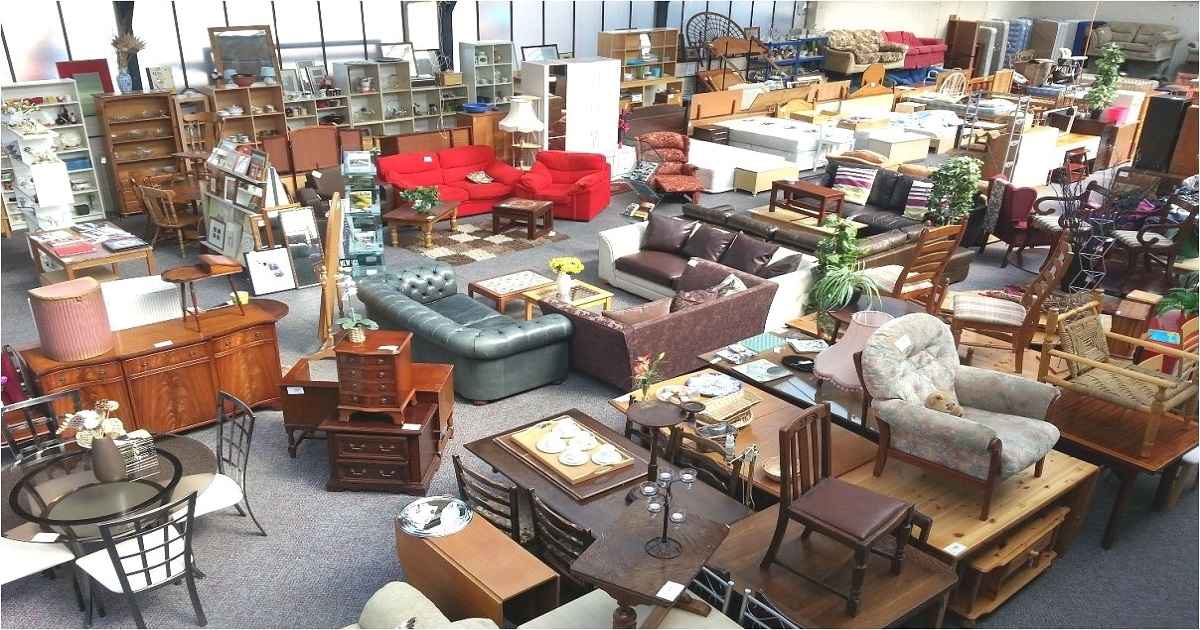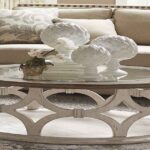How Do You Price Furniture For An Estate Sale
Introduction
How do you price furniture for an estate sale? This question often puzzles many as they prepare to sell items that have not just monetary, but sentimental value. Pricing furniture for an estate sale requires a balanced approach, considering both the item’s financial worth and its appeal to potential buyers. This comprehensive guide will walk you through the steps to price furniture effectively, ensuring your estate sale is successful and profitable.
Understanding the Value of Furniture
Before tagging a price on any piece of furniture, it’s crucial to assess its value accurately. This involves examining several factors, including age, condition, brand, rarity, and demand. Antique and designer pieces often fetch higher prices, but even less notable furniture can attract buyers if it’s in good condition or has a unique appeal.
Research Comparable Sales
A good starting point is to research comparable sales online. Look at auction results, online marketplaces, and even local estate sales to get a sense of what similar items are selling for. This research will give you a ballpark figure to start with.
Condition Matters
The condition of the furniture plays a significant role in its pricing. Examine each piece for wear and tear, damage, and any repairs or modifications. Furniture in excellent condition can be priced higher, while items needing repairs should be priced accordingly.
Historical and Brand Value
If your furniture pieces have historical significance or are from a recognized brand, they might be worth more. Authenticity certificates, purchase receipts, or any provenance can add value to the item and should be considered in the pricing.
Setting the Price
Once you’ve assessed the value of your furniture, the next step is setting a price. Pricing too high might deter potential buyers, while pricing too low could mean losing out on profits.
Start with a Fair Asking Price
Based on your research and assessment, set a fair asking price that reflects the furniture’s value while being attractive to buyers. Remember, the goal is to sell the item, so be realistic about what buyers might be willing to pay.
Be Prepared to Negotiate
Estate sales often involve haggling, so set your prices knowing that buyers may want to negotiate. Having a clear minimum price in mind for each item will help you navigate negotiations effectively.
Use Pricing Strategies
Consider using psychological pricing strategies, such as pricing items slightly below a round number (e.g., $99 instead of $100). This can make prices seem lower and more appealing to buyers.
Presentation and Marketing
How you present your furniture can significantly impact its saleability. Clean and repair items as necessary to make them more appealing. Staging furniture in a pleasing setting can also help buyers envision the pieces in their own homes.
High-Quality Photos
If you’re advertising your estate sale online, high-quality photos are essential. Take clear, well-lit pictures from multiple angles to showcase the furniture’s condition and details.
Detailed Descriptions
Provide detailed descriptions of each item, including dimensions, condition, brand, and any historical significance. This information can help justify your pricing and attract buyers interested in specific types of furniture.
Advertising Your Estate Sale
Utilize multiple channels to advertise your estate sale, including online platforms, local newspapers, and community bulletin boards. The wider you spread the word, the more potential buyers you’ll attract.
The Day of the Sale
On the day of the sale, ensure that your furniture is displayed attractively and that prices are clearly marked. Be on hand to answer questions, negotiate prices, and share the history or significance of particular pieces.
Flexibility is Key
Be prepared to adjust your prices as the sale progresses. If certain items aren’t selling, you may need to lower prices to encourage sales. Conversely, if there’s high interest in a piece, you might hold firm on your price or even adjust it upward.
After the Sale
After the sale, you might have some unsold furniture left. Consider offering these items at a discounted rate towards the end of the sale or donating them to charity. Some organizations will even pick up unsold items, saving you the trouble of disposing of them.
Conclusion
Pricing furniture for an estate sale involves a delicate balance of valuation, presentation, and negotiation. By researching your furniture’s value, setting realistic prices, and effectively marketing your sale, you can attract buyers and ensure a successful and profitable event. Remember, the goal is not just to sell but to honor the memory of the loved ones by finding new homes for their cherished possessions. With careful planning and execution, you can achieve a successful outcome for your estate sale.









